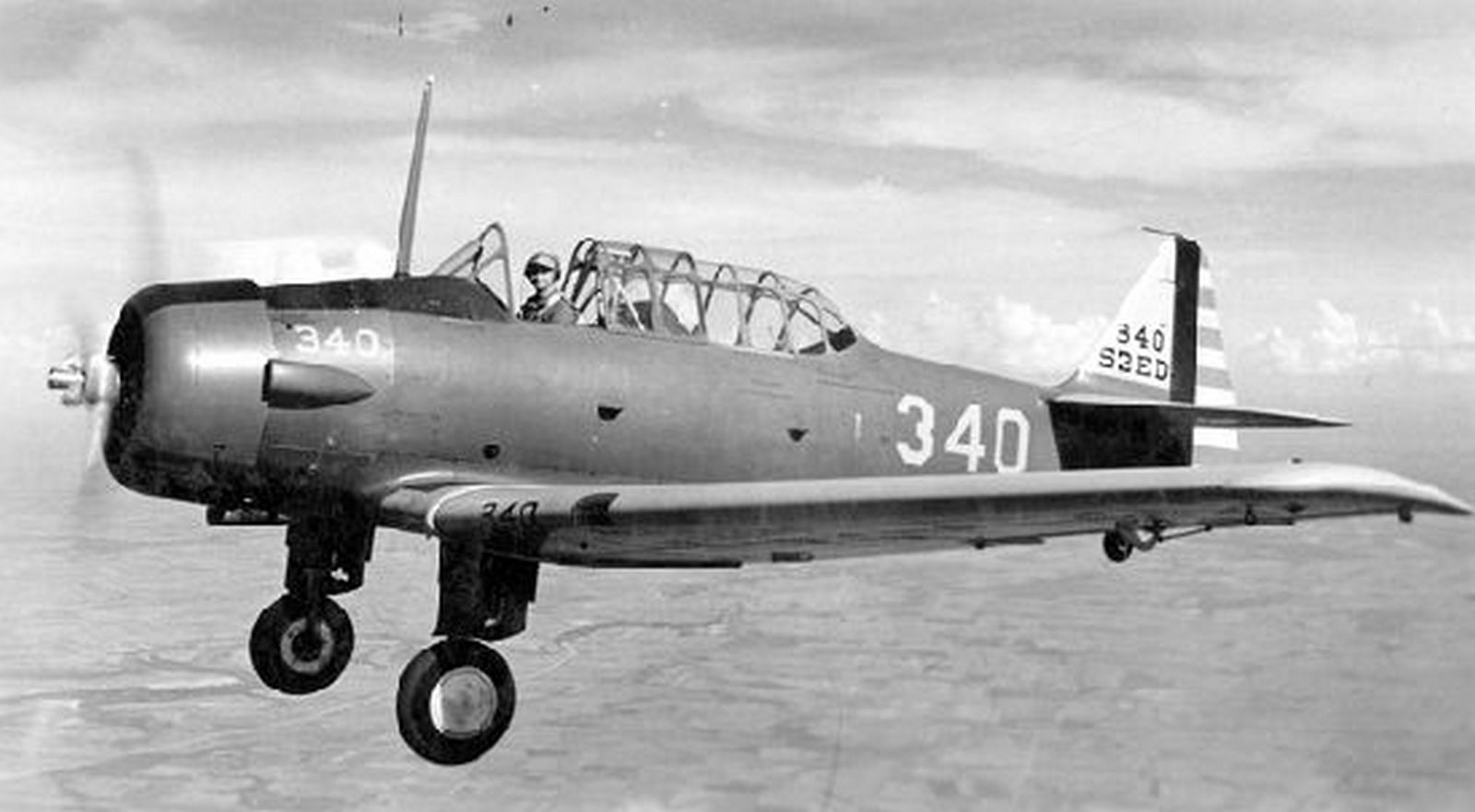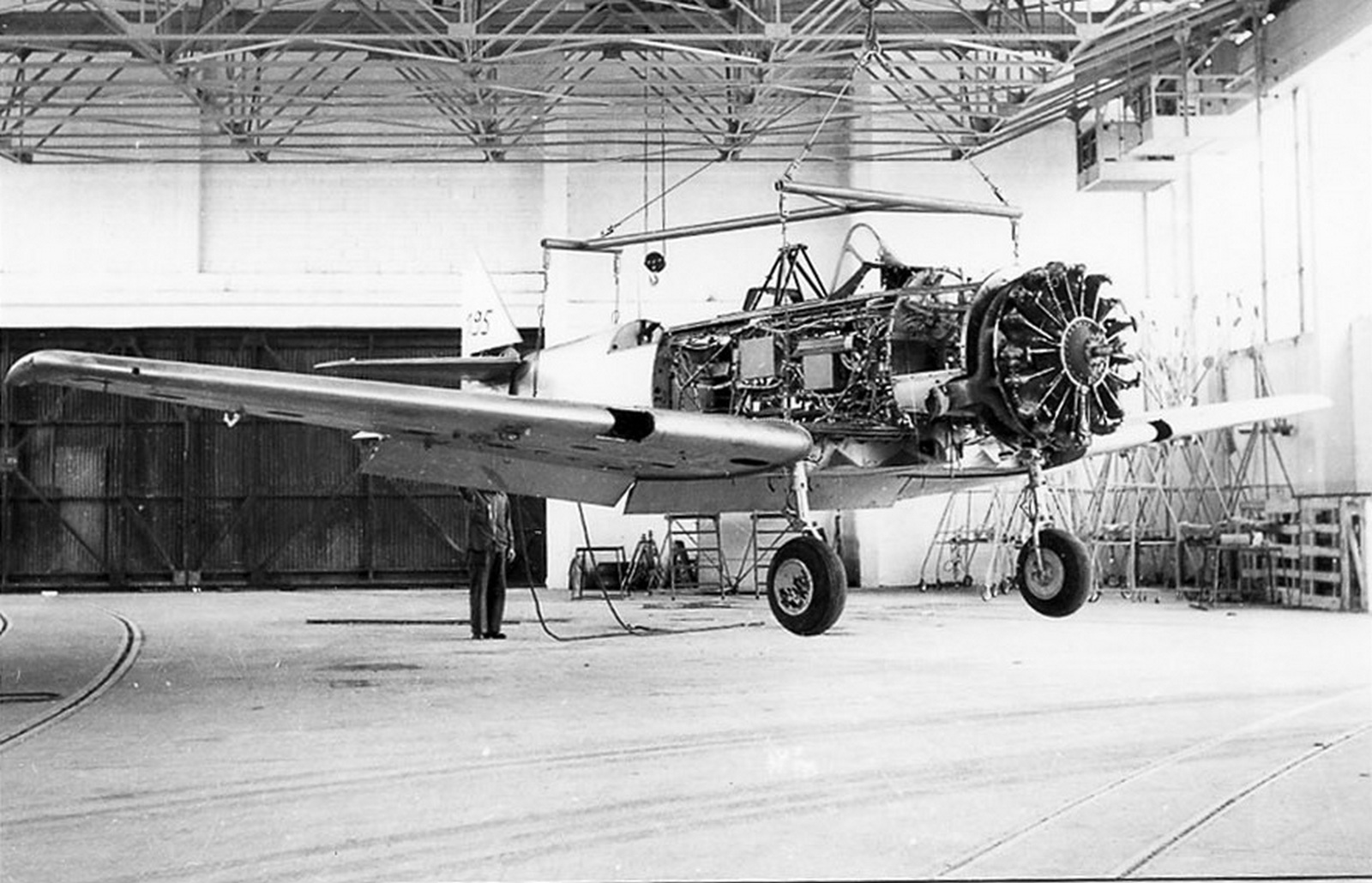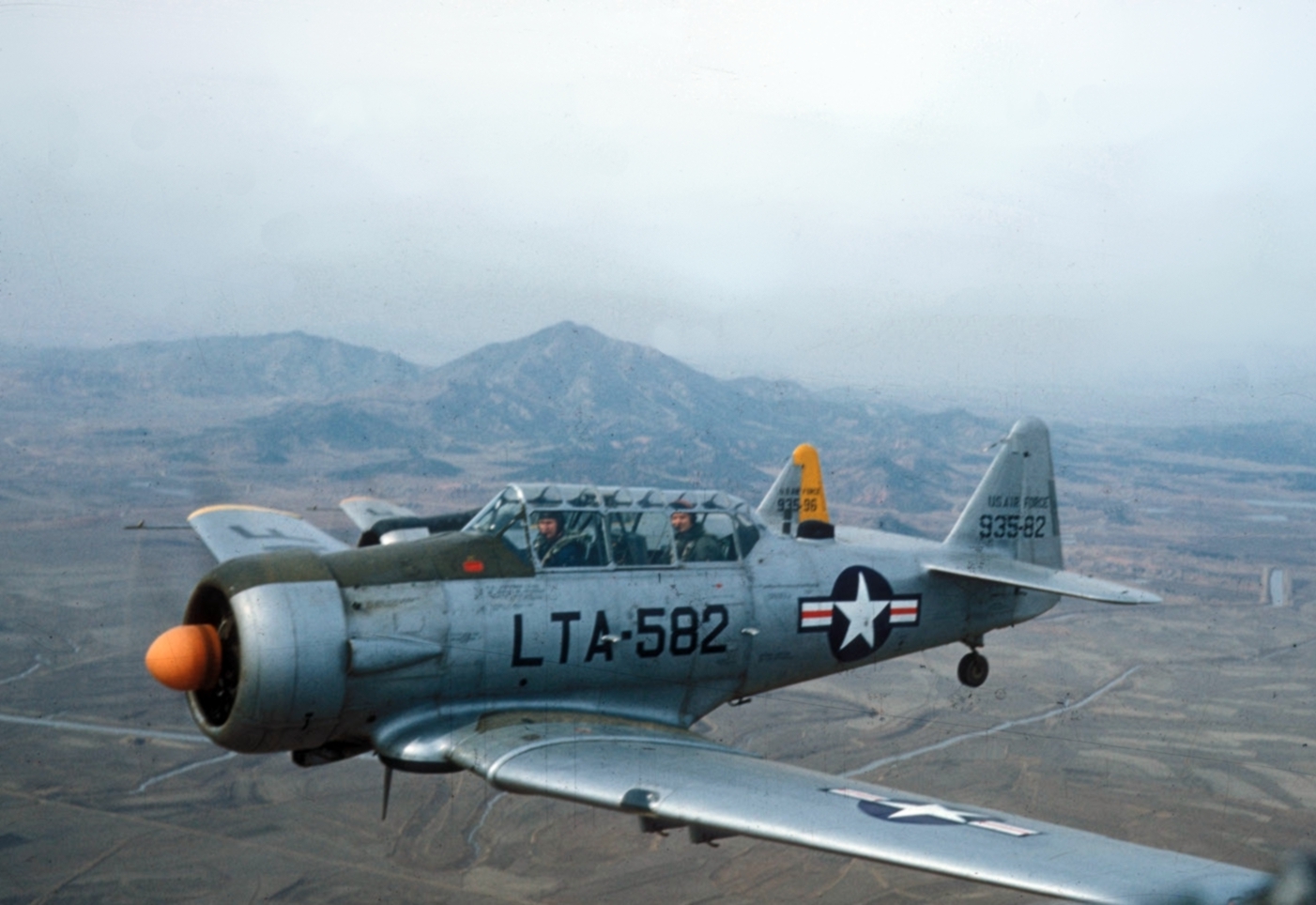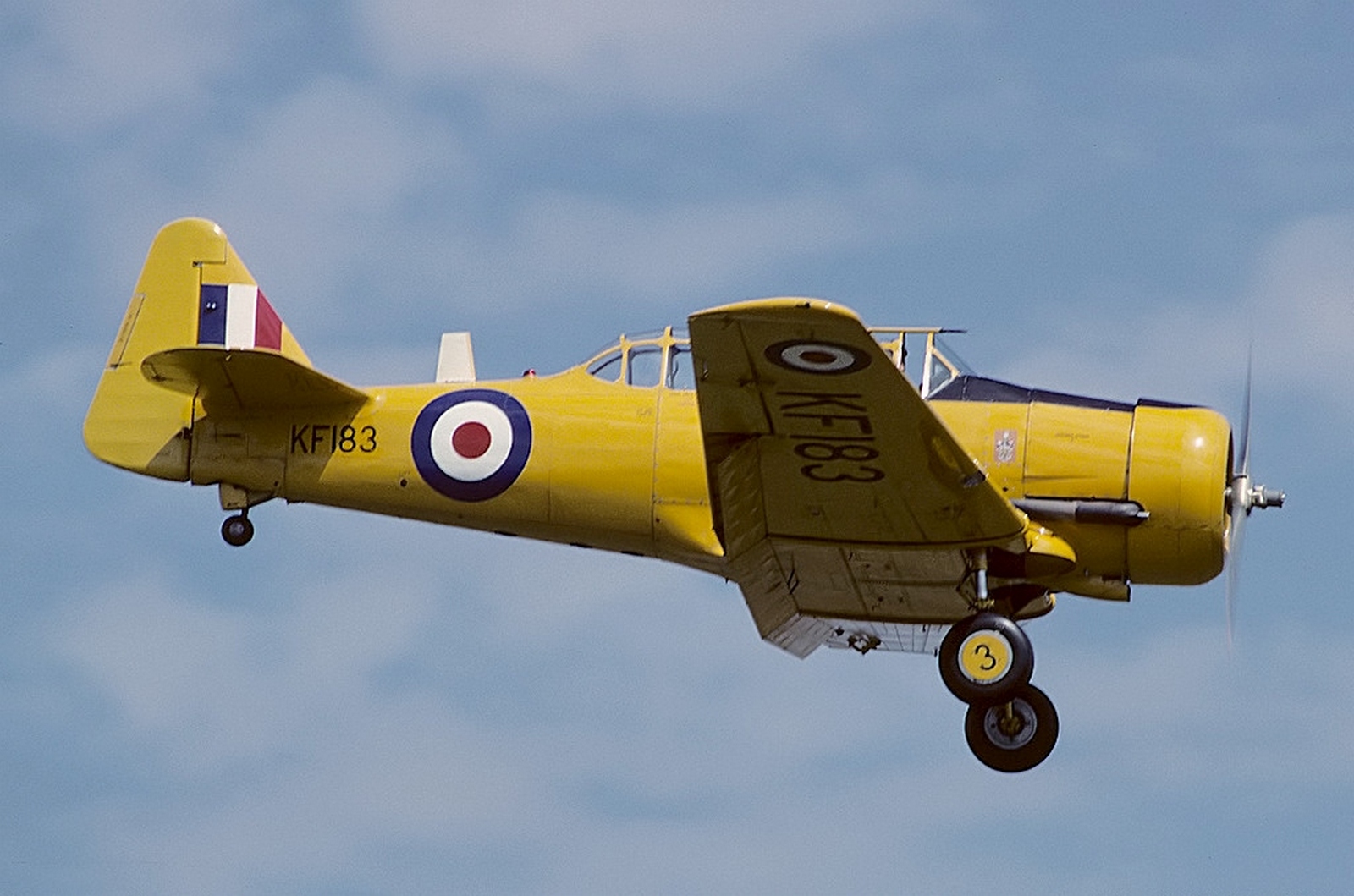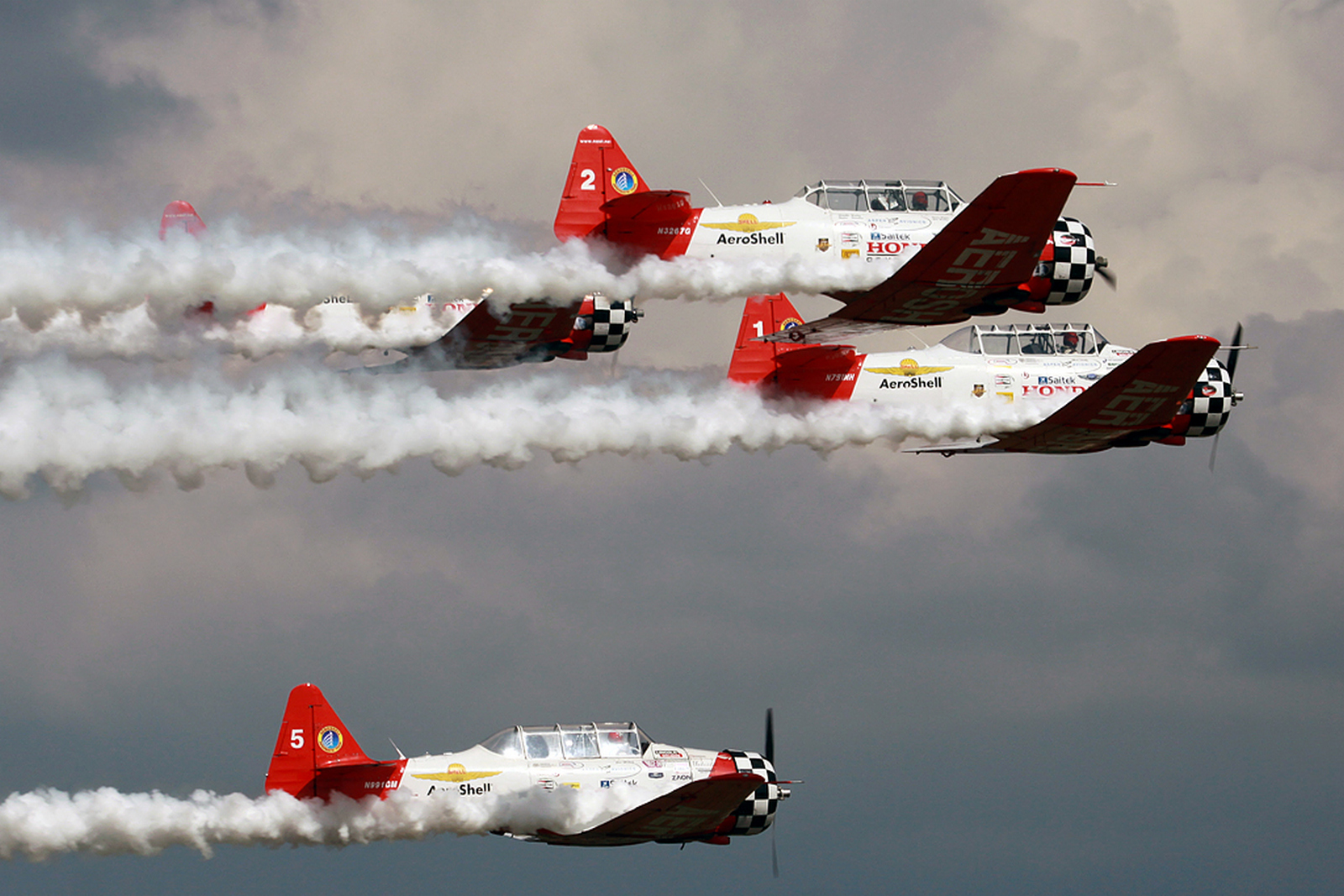On April 1 trainer aircraft T-6 Texan turned 90
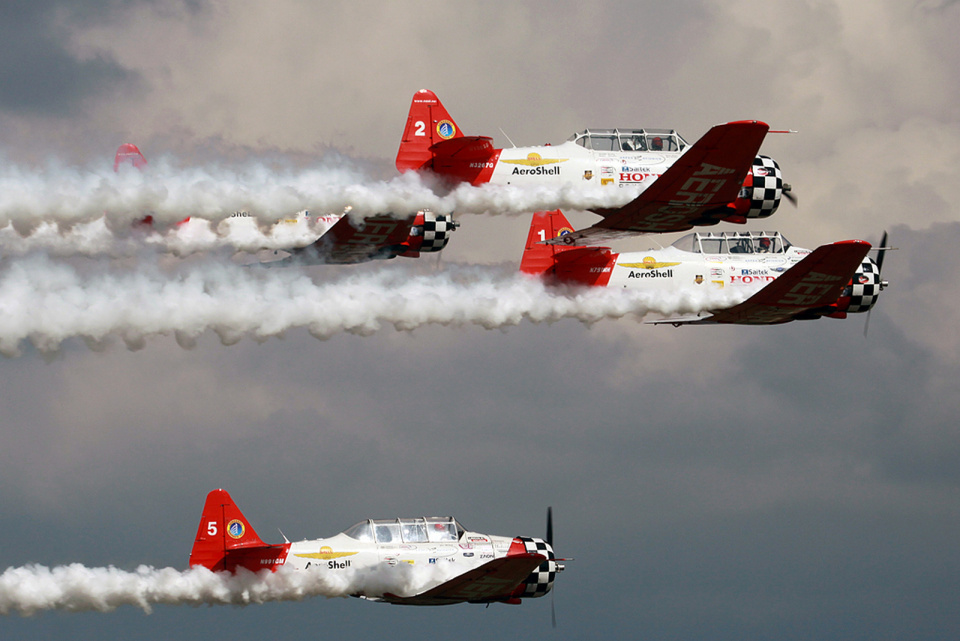
On April 1, one of the world’s most famous trainer aircraft—the T-6 Texan, created by the American company North American Aviation—turned 90. On that day in 1935, its very first prototype, the NA-16 test aircraft, made its maiden flight.
After winning the competition to become the primary training aircraft for the U.S. Army Air Forces, it went into serial production. Initially, the Army designated it as the AT-6. The U.S. Navy also ordered the aircraft, calling it the SNJ. The most famous designation, T-6, was officially given to the “Texan” only in 1948. Meanwhile, the British named it the “Harvard,” a name that also became very well-known.
In addition to the United States, the aircraft was produced under license in Canada, and a significantly modified version was built in pre-war Japan. Overall, by the end of 1952, 15,495 units were produced in at least 60 variants, including armed combat versions.
The T-6G, a two-seat trainer, was equipped with a single Pratt & Whitney R-1340-AN-1 Wasp air-cooled engine rated at 600 hp. It had a length of 8.8 m, a wingspan of 13 m, a maximum takeoff weight of 2,548 kg, a top speed of 335 km/h, and a practical range of 1,170 km. If necessary, it could be fitted with three 7.62 mm machine guns.
“Texans” spread widely around the globe. Besides the United States, they were operated by more than 60 countries, including Argentina, Brazil, Great Britain, India, Spain, Canada, China, Mozambique, South Africa, Portugal, the USSR, Thailand, France, Yugoslavia, and Japan.
Relatively simple, reliable, and easy to fly, this aircraft paved the way into the skies for thousands of pilots. In addition, “Texans” and “Harvards” saw considerable combat. Notably, they took part in World War II in the African theater, as well as in the wars in Korea, Vietnam, the Middle East, and between India and Pakistan.
The T-6 family’s frontline service lasted a very long time. The last to retire them was the South African Air Force, doing so only in 1995. Even today, many “Texans” remain airworthy, taking part in historical air shows and appearing in films—often “portraying” various World War II–era aircraft.

 Fan-page
Fan-page Youtube
Youtube TikTok
TikTok Aviamuseum
Aviamuseum State Aviation Museum
State Aviation Museum
